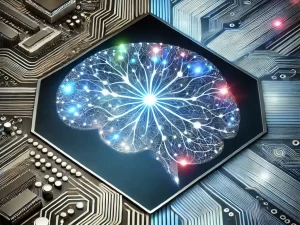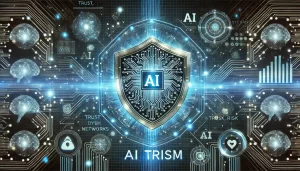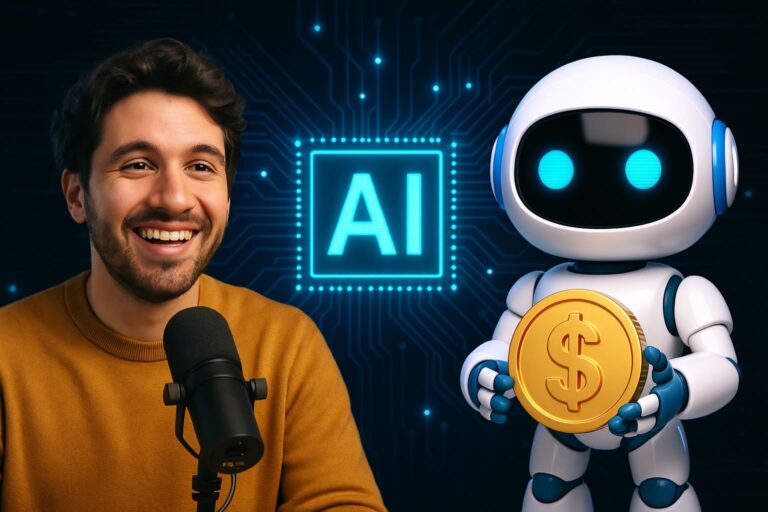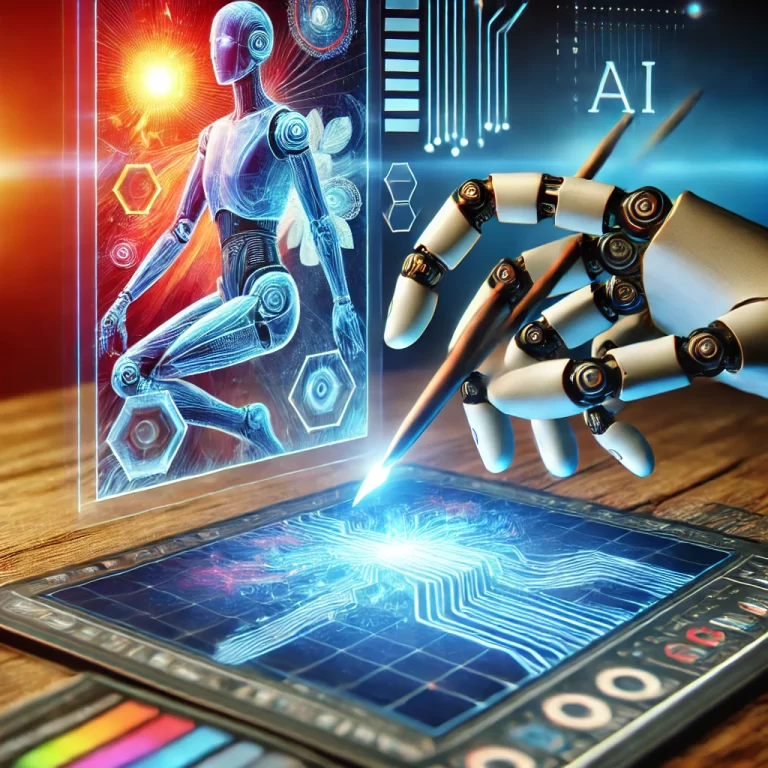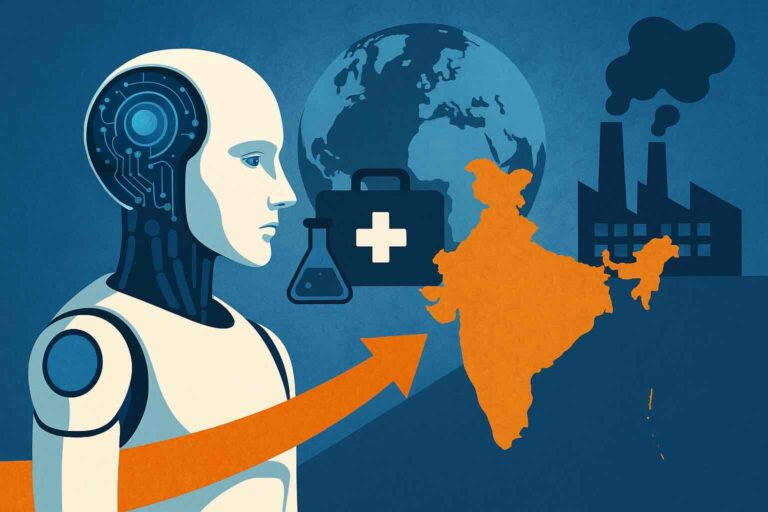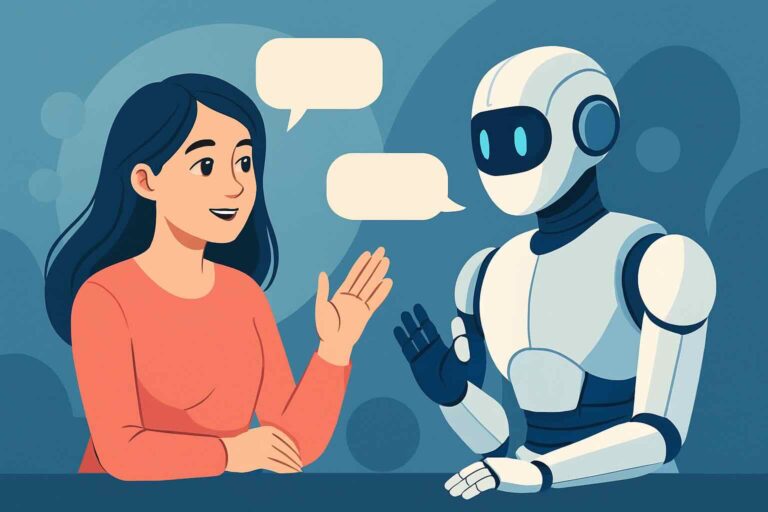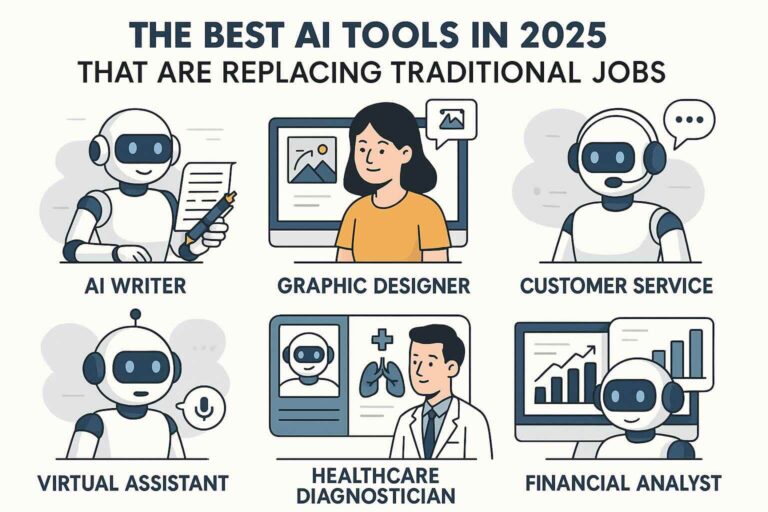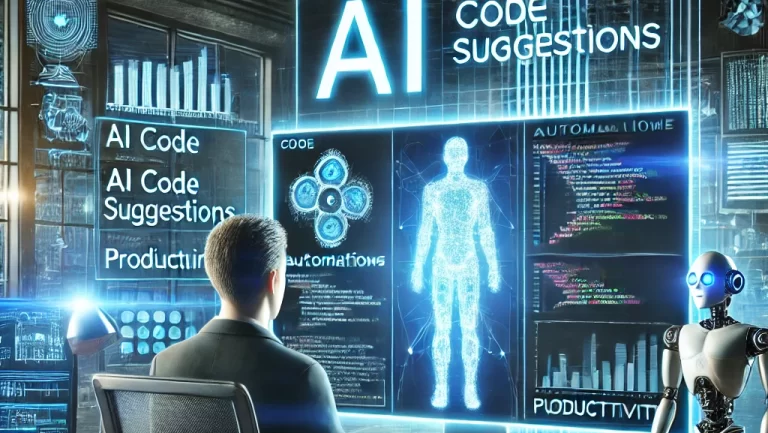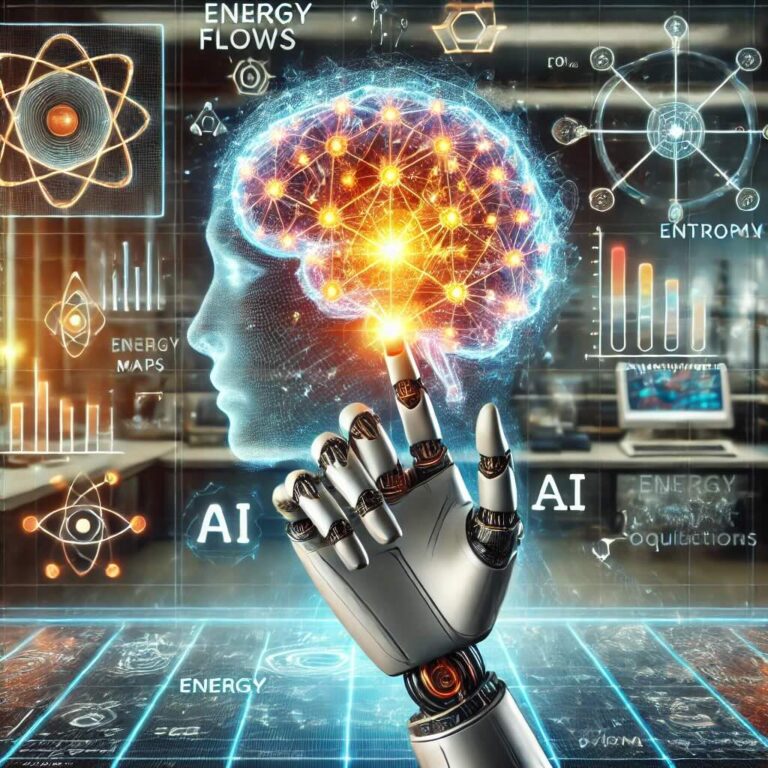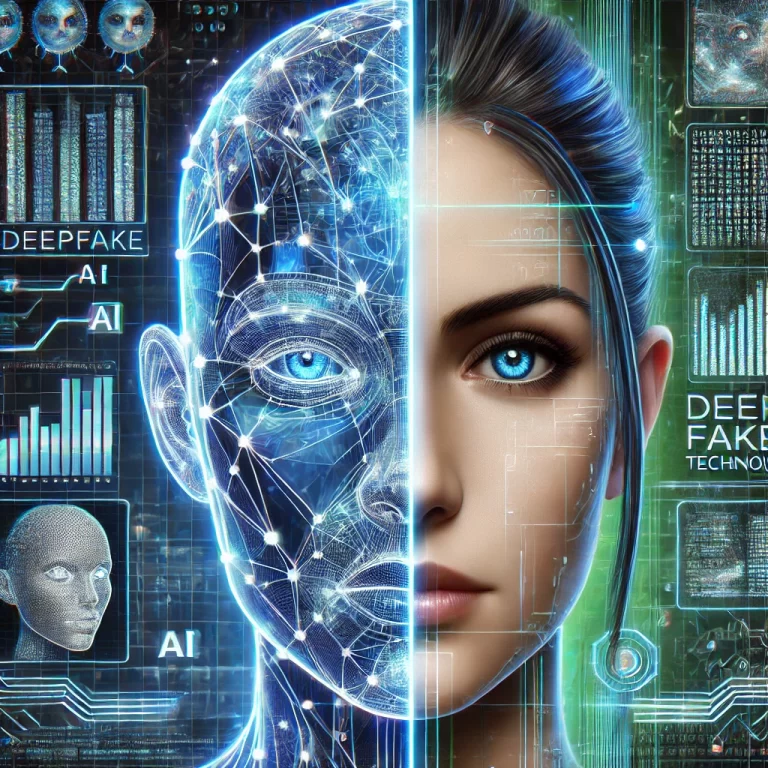Artificial intelligence (AI) has become one of the most rapidly advancing fields in technology. Two major players, DeepSeek AI and ChatGPT, have emerged as front-runners in the generative AI space. DeepSeek, developed by a Chinese AI startup, is making waves with its impressive capabilities, while OpenAI’s ChatGPT has long been the industry leader. But how do they compare? Is DeepSeek AI a true competitor to ChatGPT? This article provides an in-depth comparison of their technology, features, applications, strengths, weaknesses, and future potential to determine how they stack up against each other.
1. The Background of DeepSeek AI and ChatGPT
DeepSeek AI: A New Contender
DeepSeek AI is an emerging large language model (LLM) from a Chinese AI startup. It has quickly gained attention due to its open-source approach and focus on mathematical reasoning and multilingual capabilities. Built using 100 trillion tokens, DeepSeek has positioned itself as a competitor to industry giants by prioritizing transparency and developer accessibility.
- Company: DeepSeek AI is developed by a Chinese research group aiming to create an open and scalable AI model.
- Primary Goals: To improve AI reasoning, logic, and problem-solving, especially in mathematical contexts.
- Open-source Model: Allows developers to contribute and refine the model further, promoting collaborative AI development.
ChatGPT: The Industry Standard
ChatGPT, developed by OpenAI, is powered by the GPT-4 architecture and has undergone rigorous training using vast datasets. OpenAI has pioneered conversational AI, making ChatGPT one of the most widely used AI assistants globally. With its reinforcement learning from human feedback (RLHF) approach, ChatGPT has excelled in natural conversation, coding, and creative writing.
- Company: OpenAI, a US-based AI research company.
- Primary Goals: To develop highly interactive, human-like conversational AI that can assist users in multiple domains.
- Commercial & API-driven Approach: Used by businesses, developers, and consumers through OpenAI’s paid API services.
2. Underlying Technology and Model Architecture
DeepSeek AI’s Model and Training
- Trained on 100 trillion tokens
- Uses synthetic and real-world datasets
- Focuses on mathematical reasoning and multilingual fluency
- Implements open-source principles, allowing developers to experiment with and improve the model
- Supports training custom fine-tuned versions, which is beneficial for specific industry applications
- Based on Transformer architecture, like most state-of-the-art LLMs
ChatGPT’s Model and Training
- Powered by GPT-4, the latest and most advanced version of OpenAI’s models
- Uses a mix of public and proprietary datasets, including books, articles, and real-world interactions
- Trained with reinforcement learning with human feedback (RLHF), making it more contextually aware
- Closed-source, requiring API access for developers
- Utilizes deep neural networks with billions of parameters for human-like responses
🔍 Key Difference: DeepSeek AI takes a more open-source and mathematical approach, while ChatGPT is closed-source with stronger reinforcement learning techniques.
3. Features and Capabilities Comparison
Natural Language Understanding & Generation
✅ ChatGPT: Known for human-like, creative responses with strong conversational abilities.
✅ DeepSeek AI: Excels in math-heavy logic, multilingual fluency, and structured answers.
Code Generation & Debugging
✅ ChatGPT: Strong in Python, JavaScript, C++, and other languages, used by developers worldwide. ✅ DeepSeek AI: Less refined in real-world coding but excels in mathematical problem-solving.
Multilingual Capabilities
✅ ChatGPT: Supports multiple languages but is more refined in English.
✅ DeepSeek AI: Designed for better multilingual fluency, especially for Chinese and other languages.
Creativity & Content Generation
✅ ChatGPT: Better for storytelling, article writing, and brainstorming ideas.
✅ DeepSeek AI: More structured, with a focus on factual correctness and logic.
🔍 Key Difference: ChatGPT is better for creativity and conversation, while DeepSeek AI is stronger in math, logic, and multilingual AI applications.
4. Strengths and Weaknesses
Strengths of DeepSeek AI
✅ Math and logic-focused 🧮
✅ Multilingual expertise 🌍
✅ Open-source, developer-friendly 🛠️
✅ Potentially more cost-effective 💰
✅ Strong potential for AI research collaborations 🔬
Weaknesses of DeepSeek AI
❌ Less refined conversational ability 🗣️
❌ Limited dataset diversity 📉
❌ Early-stage adoption, fewer integrations 🚧
❌ Lack of real-time knowledge updates 🏗️
Strengths of ChatGPT
✅ Human-like conversation and creativity 🗨️
✅ Best-in-class coding assistance 💻
✅ Enterprise adoption and API support 🏢
✅ Trained with reinforcement learning 🏆
✅ Integration with Microsoft products (Copilot) 🔗
Weaknesses of ChatGPT
❌ Closed-source, expensive for developers 🔒
❌ Limited real-time knowledge access 🌐
❌ Not optimized for deep mathematical reasoning 📏
❌ Occasionally generates biased or incorrect responses ⚠️
🔍 Key Takeaway: DeepSeek AI is better for open-source and multilingual tasks, while ChatGPT excels in conversation, coding, and enterprise use cases.
5. Real-World Applications
Where is DeepSeek AI Used?
- Mathematical and scientific research 🧮🔬
- Multilingual AI chatbots 🌍💬
- Educational tools and e-learning 📚🎓
- Open-source AI projects 🛠️
Where is ChatGPT Used?
- Customer support and AI chatbots 💬
- Creative writing, journalism, and marketing ✍️
- Coding assistance and debugging 💻
- Enterprise and SaaS integrations 🏢
🔍 Key Takeaway: DeepSeek AI is ideal for logic-heavy applications, while ChatGPT is widely used across various industries.
6. Future of AI: Who Will Lead?
DeepSeek AI’s Potential
🚀 If it gains more training data and expands integrations, it could rival ChatGPT in global AI applications.
ChatGPT’s Next Moves
🚀 With OpenAI’s resources, ChatGPT will likely keep evolving, integrating with more business and enterprise solutions.
Who will dominate the future? Time will tell, but competition will only accelerate AI innovation! ⚡

